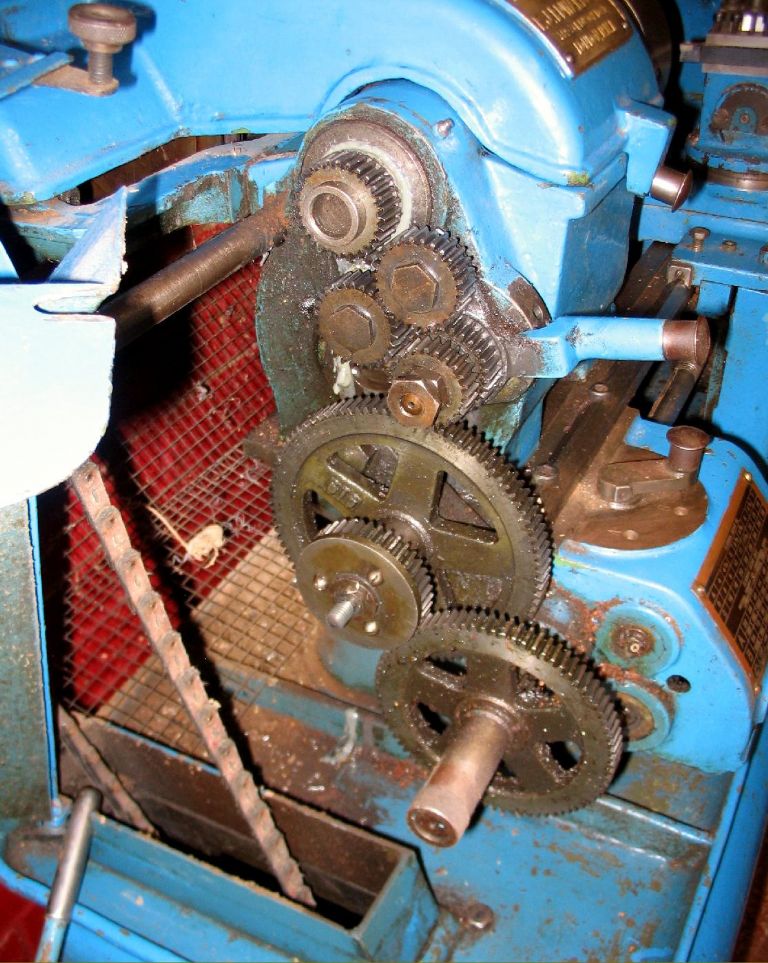To return to the OP's question, "how do I find out if the leadscrew is metric or imperial" the answer is "it's whichever comes out to a whole number answer"
Doing the arithmetic:
46 threads in 6 inches is a pitch of 46/6 pitches per inch, which comes out to 7.67 ppi (for which we do have insurance).
Try a bit of metrication. 6 inches is 152.4 mm, so the pitch is now 152.4/46 = 3.31mm per thread
Something wrong here, as neither come out to a "convenient" answer.
Go back to imperial, and measure 47 pitches in 5.9 inches would be darn close to 8TPI.
Playing with the metric numbers, you have to go quite a long way from the original measurement/thread count to get a believable answer, even allowing for the possibility of a half mm pitch number.
It seems from the flavour of the above that we're all expecting the answer to be an imperial lead screw of 8TPI. Of course you can indeed cut either inch or metric threads from any lead screw, given an appropriate selection of change wheels. But that doesn't seem to be a real possibility from the OP.
So to identify a definitive answer to the original question I guess we need a re-measure. If the OP would like to revisit the figures given, checking that he measures the distance from a point on one thread to the exactly similar point on a later one, and counts the number of threads excluding the "zeroth" (yes it is a word) one, then we can help some more.
Seasons wotsits to all
Simon
Of course, if it is 8TPI and you hold a steel rule against the lead screw, the "teeth" of the thread will line up neatly against the 1/8 inch divisions on the ruler, just as they would against an 8 TPI thread gauge.
Edited By Simon Williams 3 on 28/12/2016 20:28:52
Hopper.





